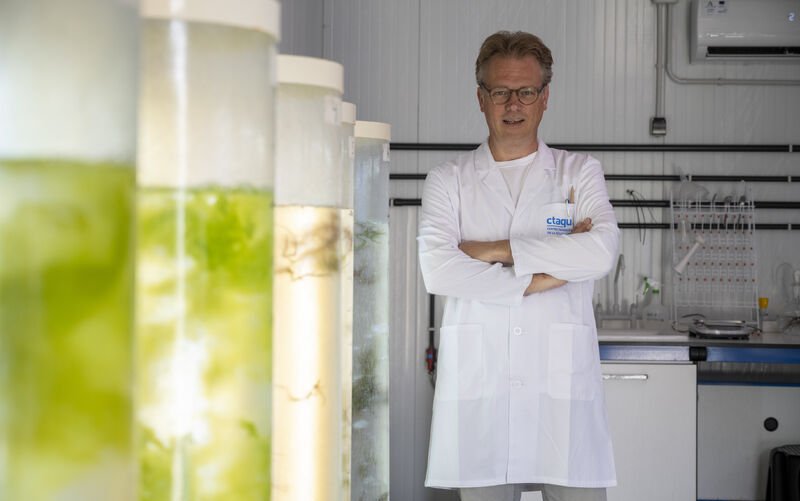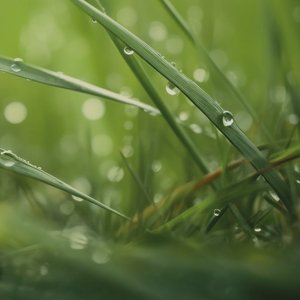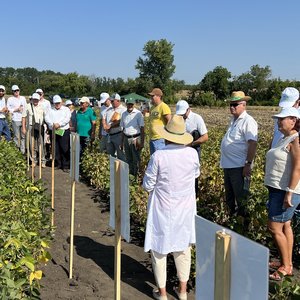The five-year EU project Sustainable innovation of microbiome applications in food systems (SIMBA) aimed to identify marine and terrestrial microbiomes that contribute to the sustainability of agro- and aquaculture in Europe recently concluded. The main results and conclusions of the project were recently presented at a final symposium held at the Faculty of Biology of the University of Copenhagen. Presentations can be watched here.
The Spanish Aquaculture Technology Center (CTAQUA), one of the 22 project partners, worked on the applications of macroalgae in fish feed.
Effects of fermented compounds on fish health
Plant-based meals are some of the protein resources considered for use in aquaculture. However, the use of plant proteins in feed often presents problems with digestibility and nutrient absorption and fermentation has proven to be a cost-effective way to address these drawbacks.
The Danish company Fermentationexperts, one of the partners of the project, developed and optimized a protocol to ferment soybean and rapeseed meal with brown algae using viable lactic acid bacteria so that they are suitable as a supplement in commercial fish diets. The project tested the effect of adding two different fermented compounds as a protein source, replacing 50% of the fishmeal in the experimental diets.
For evaluation, SIMBA partners carried out nutritional trials with juvenile freshwater Atlantic salmon at LUKE in Finland, salmon at NIVA in Norway, and seabream and European seabass at CTAQUA in Spain. Among the parameters studied are growth, health status, indicators of the intestinal flora and immune system, and nutritional efficiency.
“The results showed that replacing 50% of fishmeal with fermented compounds seems to be a viable option. It had no negative effects on the growth and feed conversion of salmon and only a very slight reduction in the case of seabream and seabass. There were also no effects of the diets on the intestinal microbiome, which can be considered a positive result. Taken together, the results show that the two fermented compounds are potentially sustainable as protein sources in fish feed and that diets can be optimized for different fish species,” Erik-Jan Malta, project manager at CTAQUA, explained.
Aquafeeds enhanced with microalgae
Microalgae have emerged as a promising and sustainable ingredient for fish feed due to their high protein and polyunsaturated fatty acid content and, in particular, their potential functional properties, such as a potential immunomodulatory effect in fish.
Researchers studied the effect of a minor inclusion of three species of dried microalgae in fish feed on growth, health status, intestinal flora, and immune system indicators in a nutritional trial with seabream and seabass. The microalgae studied were Chlorella vulgaris, Nannochloropsis oceanica and Tisochrysis lutea.
“Our results show that the inclusion of a small amount (2%) of these microalgae does not affect the performance of fish, the intestinal microbiome, or the composition of the fillets. However, they did find significant effects on the enzymatic activities of the innate immune system, although no clear pattern was detected. This concludes that there are sufficient reasons to carry out more studies on the possible immunomodulatory effect of microalgae inclusions in aquaculture feeds,” Malta concluded.
The SIMBA project was funded by the European Union's Horizon 2020 research and innovation program under grant agreement no. 818431 (SIMBA).












